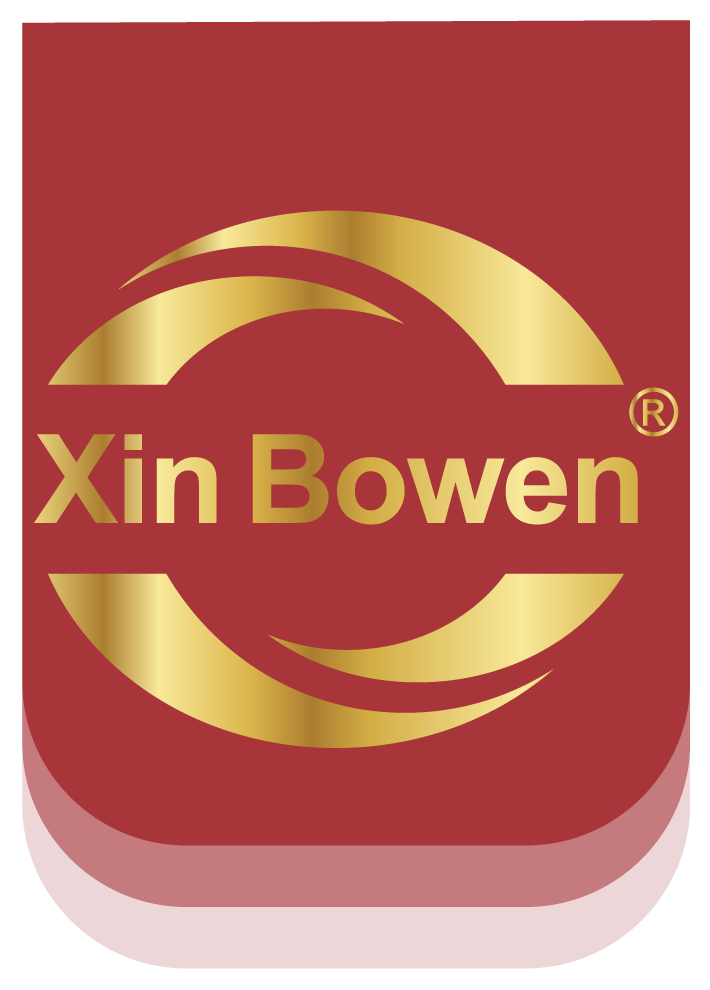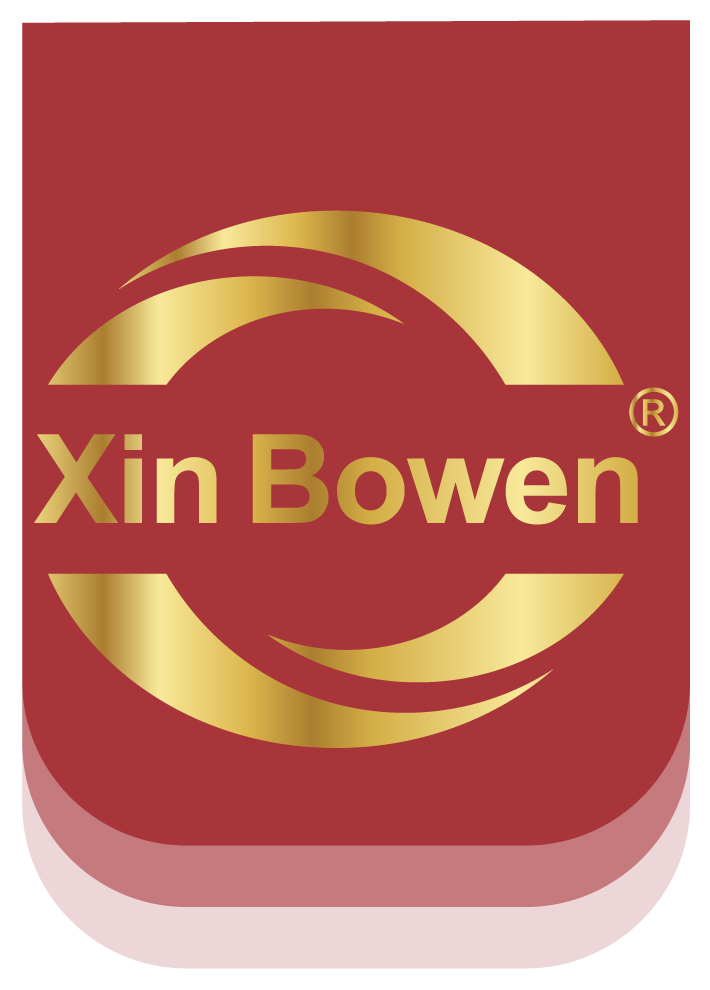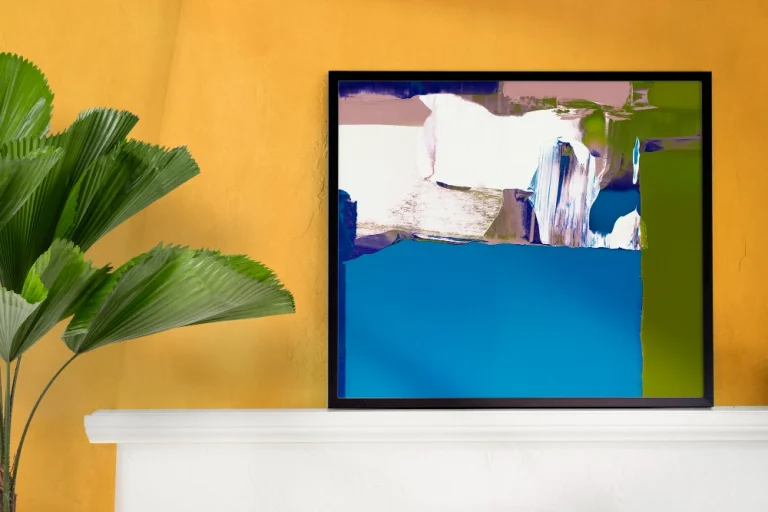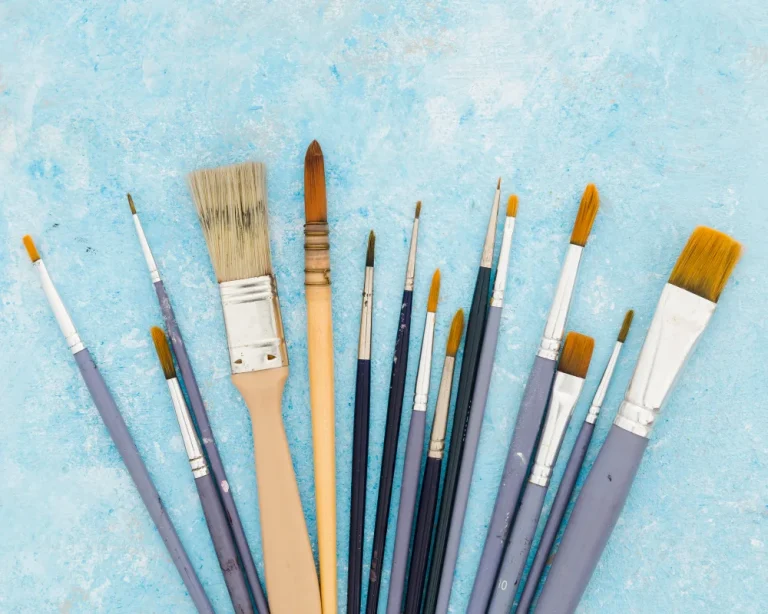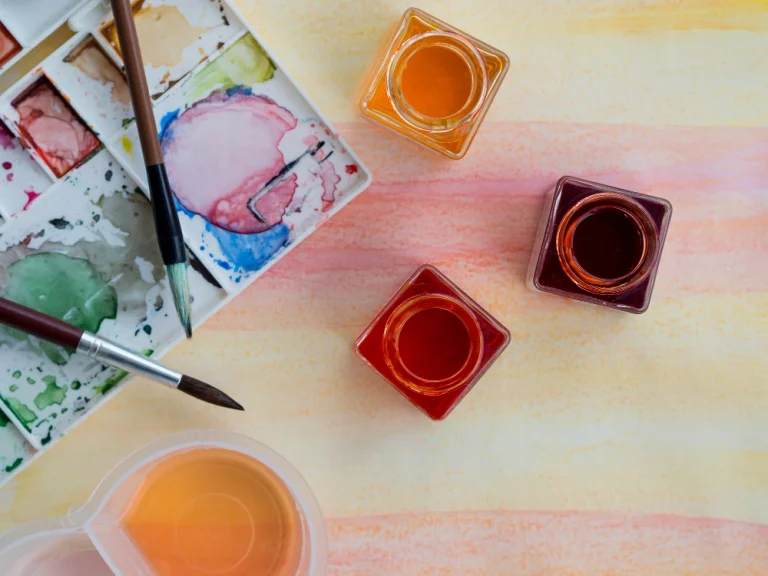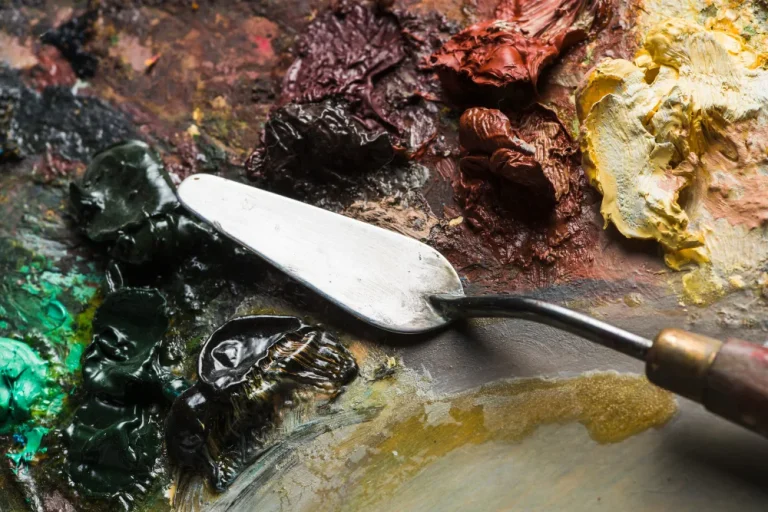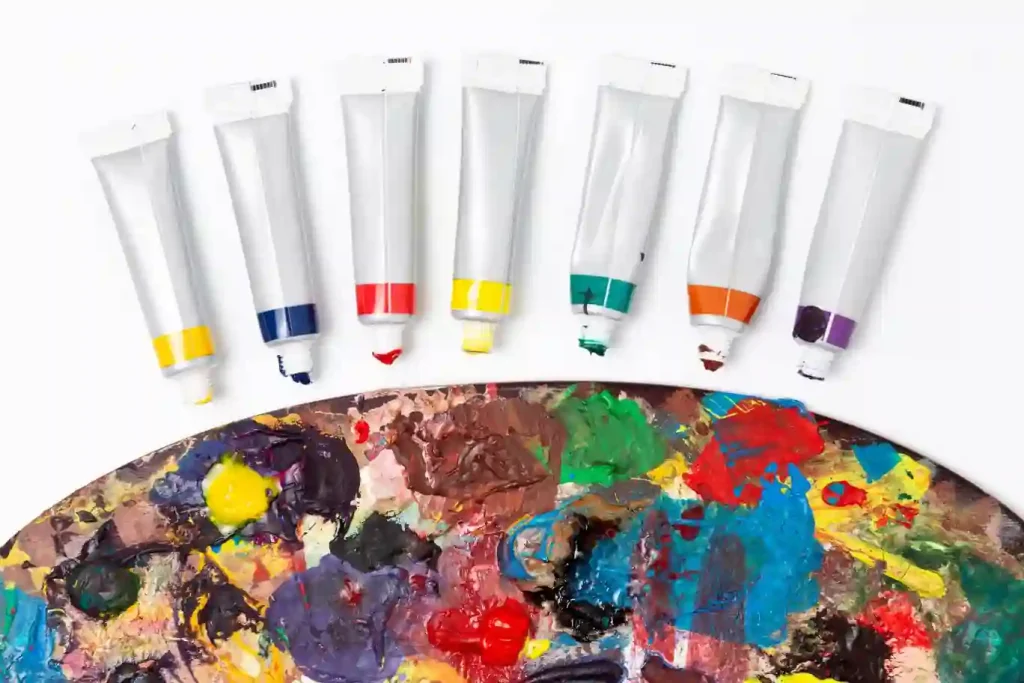
1. Choosing High-Quality Gouache for Brilliant Results
Why Pigment Quality Matters in Color Intensity
Great gouache paint is all about the pigments. Top-notch ones pack a punch with bright, bold colors. They’re opaque, saturated, and hold their shine over time. Low-grade pigments? They’re a letdown. They dry dull or fade fast, especially when you layer or mix them.
How Xin Bowen’s Gouache Ensures Rich, Opaque Coverage
At Xin Bowen, we craft gouache paints with serious pigment power. Gouache is water paint, but it’s opaque. It’s heavier than watercolor and not as heavy as acrylic. When dry, it is matte sheen, great coverage, and rich layers you can layer. Our recipes are for hobbyists and professionals alike. They stay color bright even when dry.We also offer custom solutions for schools, art studios, and brand distributors, matching their unique needs.
2. Preparing Your Painting Surface Correctly
Best Paper Types for Gouache Application
Gouache loves sturdy paper that can handle wet paint without buckling. Cold-pressed watercolor paper, 200gsm or heavier, is a winner. It soaks up just enough and balances texture nicely. Want a smoother look? Hot-pressed paper works great, too.
How Surface Texture Affects Color Vibrancy
The paper’s texture changes how gouache looks. A slightly bumpy surface helps paint stick and adds depth to colors. Too rough, and your paint might go patchy. Too slick, and layering gets tricky. Pick the right texture for bright, even results.
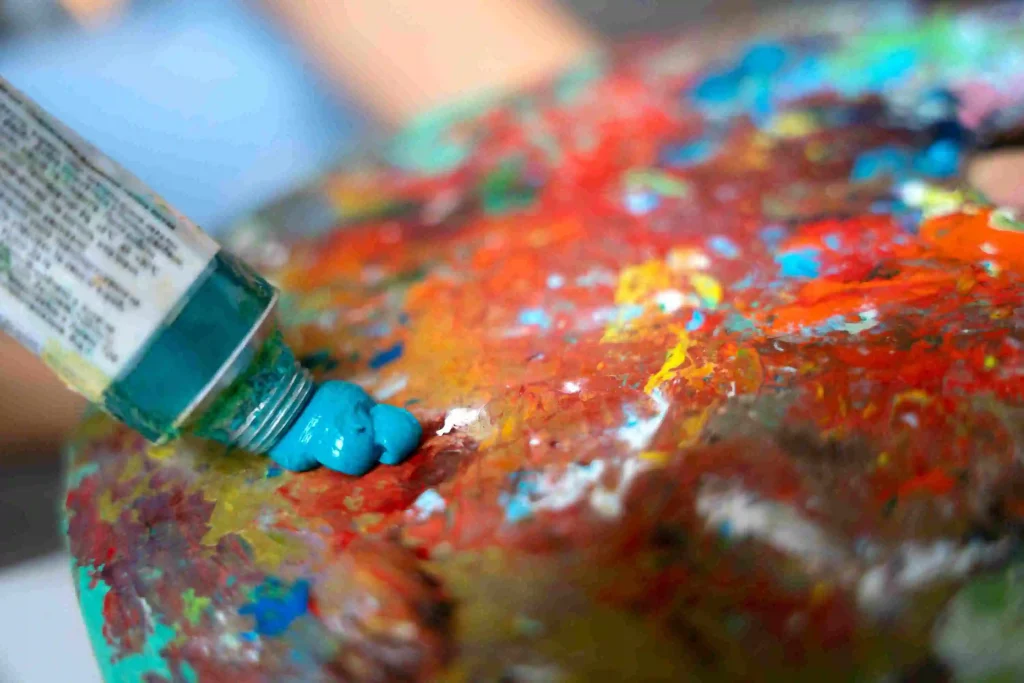
3. Mastering the Right Paint-to-Water Ratio
Techniques for Controlling Opacity and Flow
Gouache is a chameleon. Add a little water, and it’s bold and thick for solid blocks or highlights. Add more, and it flows softly for blends or washes. The trick is finding the sweet spot for the look you want.
Avoiding Over-Dilution with Xin Bowen’s Concentrated Formula
Xin Bowen’s gouache is packed with pigment. Even with a splash of water, it stays vibrant, never turning chalky or see-through by mistake. This gives you control to tweak the finish without losing that punchy color.
4. Layering Techniques to Build Depth and Saturation
Wet-on-Dry vs. Wet-on-Wet Effects
Layering is where gouache shines. Wet-on-dry means waiting for each layer to dry fully. It’s great for crisp edges and detailed work. Wet-on-wet lets colors bleed together for soft blends, but it takes skill to keep things clear.
Preventing Muddy Colors During Layering
Muddy colors are a buzzkill. Let each layer dry completely before adding another, unless you’re blending on purpose. Use clean brushes and don’t overmix on your palette. This keeps your layers fresh and bright.
5. Mixing Colors Without Losing Brightness
Using Primary Colors Effectively with Xin Bowen Sets
Xin Bowen’s gouache sets are built for mixing magic. Our primary colors let you whip up a huge range of hues without losing zip. We pick pigments for their clarity, so even tricky mixes stay lively.
Tips to Avoid Dull or Dirty Mixes
Mix smart to keep colors popping. Start with small dabs and test before going big. Clean your tools between mixes. Don’t toss in too many pigments at once—it can turn your colors gray and dull.
6. Brush Selection and Maintenance for Smooth Application
Recommended Brush Types for Gouache Work
Brushes are a big deal in painting. Nylon brushes are stars for gouache. They’re bouncy, soak up water well, and clean easily. These traits make them perfect for smooth, controlled strokes. For details or big areas, go with synthetic flat or round brushes based on your style.
How to Clean Brushes After Using Xin Bowen Gouache
Keep your brushes happy with quick cleaning. Rinse them under lukewarm water right after painting until no color shows. Use mild soap if needed, but skip harsh chemicals—they can wreck synthetic bristles. Clean brushes last longer and perform better.
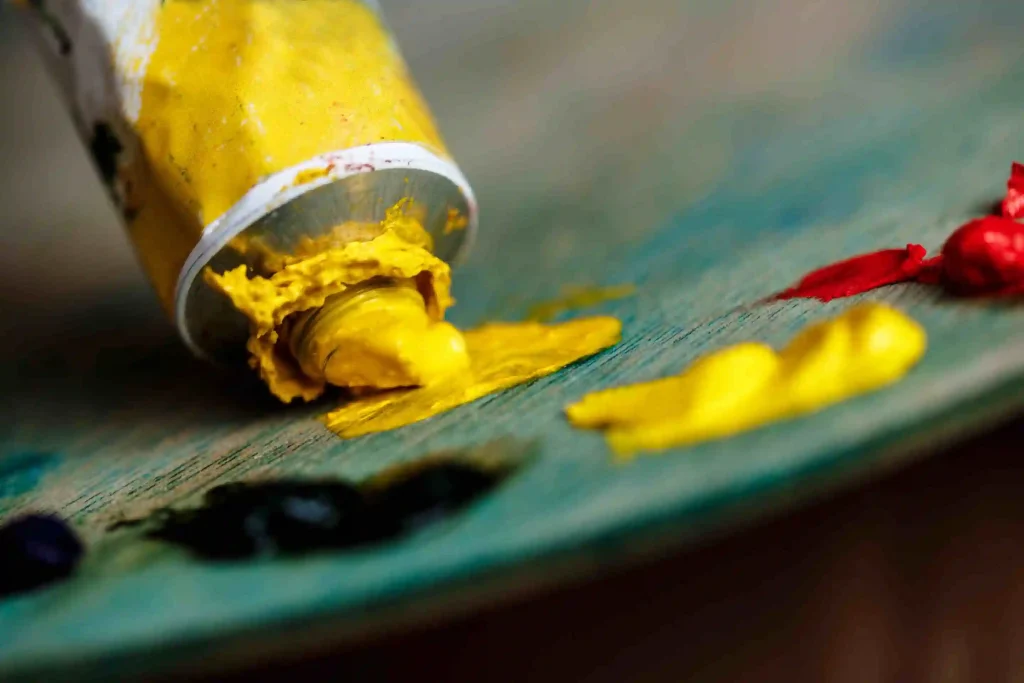
7. Storing and Reviving Dried Gouache Paints
Proper Storage to Maintain Paint Consistency
Store gouache in airtight containers, away from the sun or extreme heat. This stops it from drying out or splitting apart. A cool, stable spot keeps your paint smooth and ready to use.
Rehydrating Xin Bowen Gouache Without Losing Quality
Xin Bowen’s gouache is easy to revive. Add a tiny bit of clean water to dried paint in a pan or palette. Stir gently until it’s smooth again. Our stable binder keeps the color strong, so it’s as vibrant as ever.
8. Common Mistakes That Dull Your Colors
Overworking the Paper Surface
Brushing the same spot too much can wreck your paper. It leads to dull patches or uneven textures, especially on flimsy paper not made for wet paint like gouache. Go easy to keep colors bright.
Using Incompatible Mediums or Surfaces
Mixing gouache with oil-based material is not an option. It will mess with adhesion or cause separation. Oil paint loves canvas or wood, but gouache needs water-friendly surfaces such as watercolor paper. Pre-test your surface in advance for the best outcome.
9. Optimizing Lighting and Workspace Setup
Ideal Lighting Conditions for Accurate Color Perception
Good lighting is accountable for seeing true colors. Use natural daylight or 5000K–6500K light bulbs for true colors. This is especially vital when mixing gouache, as subtle color shifts will change your entire work.
Organizing Materials for Efficient Workflow
Keep your setup tidy. Have palettes, brushes, water jars, and tissues close by. This keeps your flow going, especially when painting fast with Xin Bowen’s quick-drying gouache. A neat workspace saves time and focus.
FAQ
Q: In what ways is Xin Bowen’s gouache unique?
A: Our gouache has strong pigments for intense, opaque color even when adding a touch of water. It dries to a matte finish and rich coverage, perfect for layering.
Q: Are customized sets available from Xin Bowen?
A: You bet! We offer specialty packaging for schools, studios, or retailers with a range of color and quantity choices to suit your needs.
Q: Is it acceptable to combine Xin Bowen gouache with watercolor?
A: You can, since both are water-based. But watercolor’s high transparency might reduce opacity. Test mixes first to get the effect you want.
Q: How should I store leftover mixed colors?
A: Keep them in airtight containers. Add water to reactivate later—our stable binder keeps quality intact.
Q: What surfaces work best with Xin Bowen’s gouache?
A: Cold-pressed watercolor paper (200gsm or more) is ideal. It handles wet paint well and supports layering with our gouache’s strong coverage.
